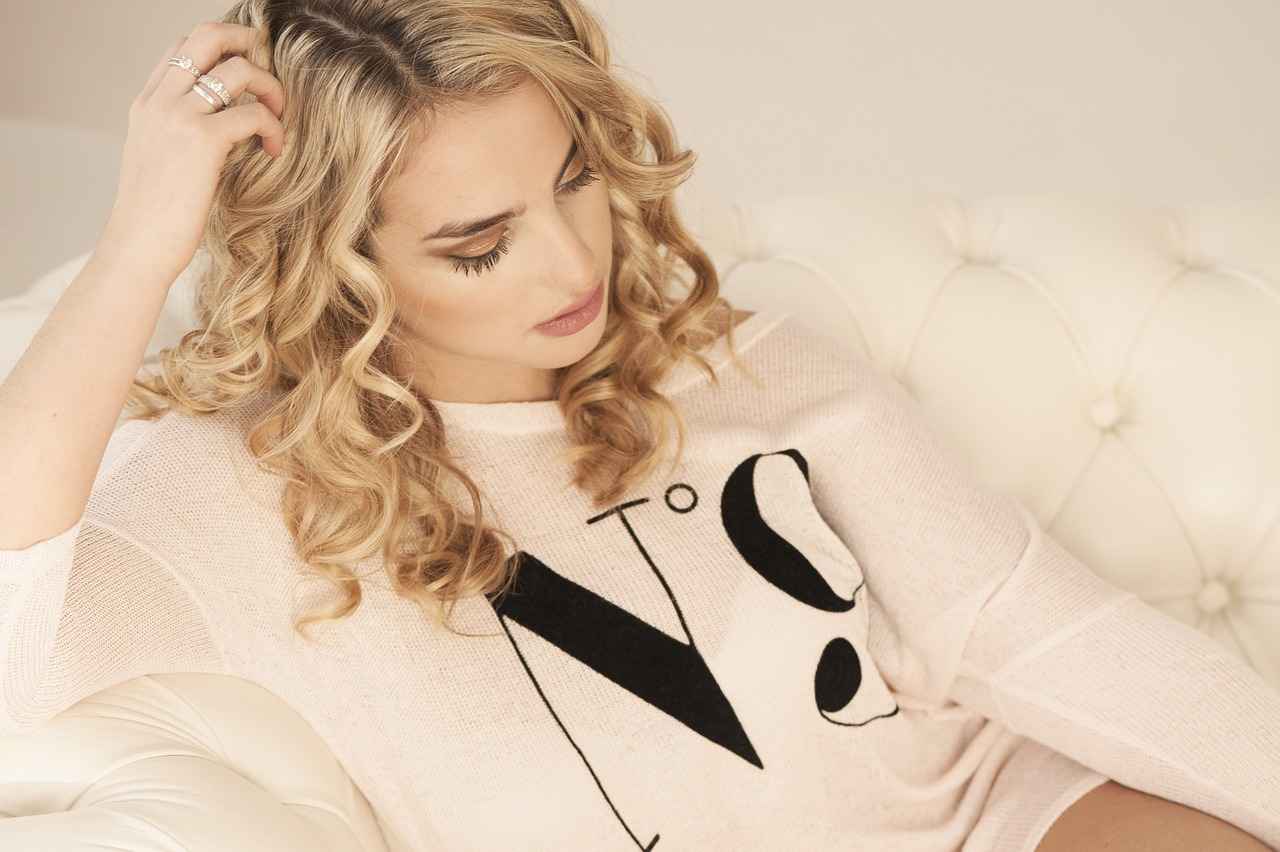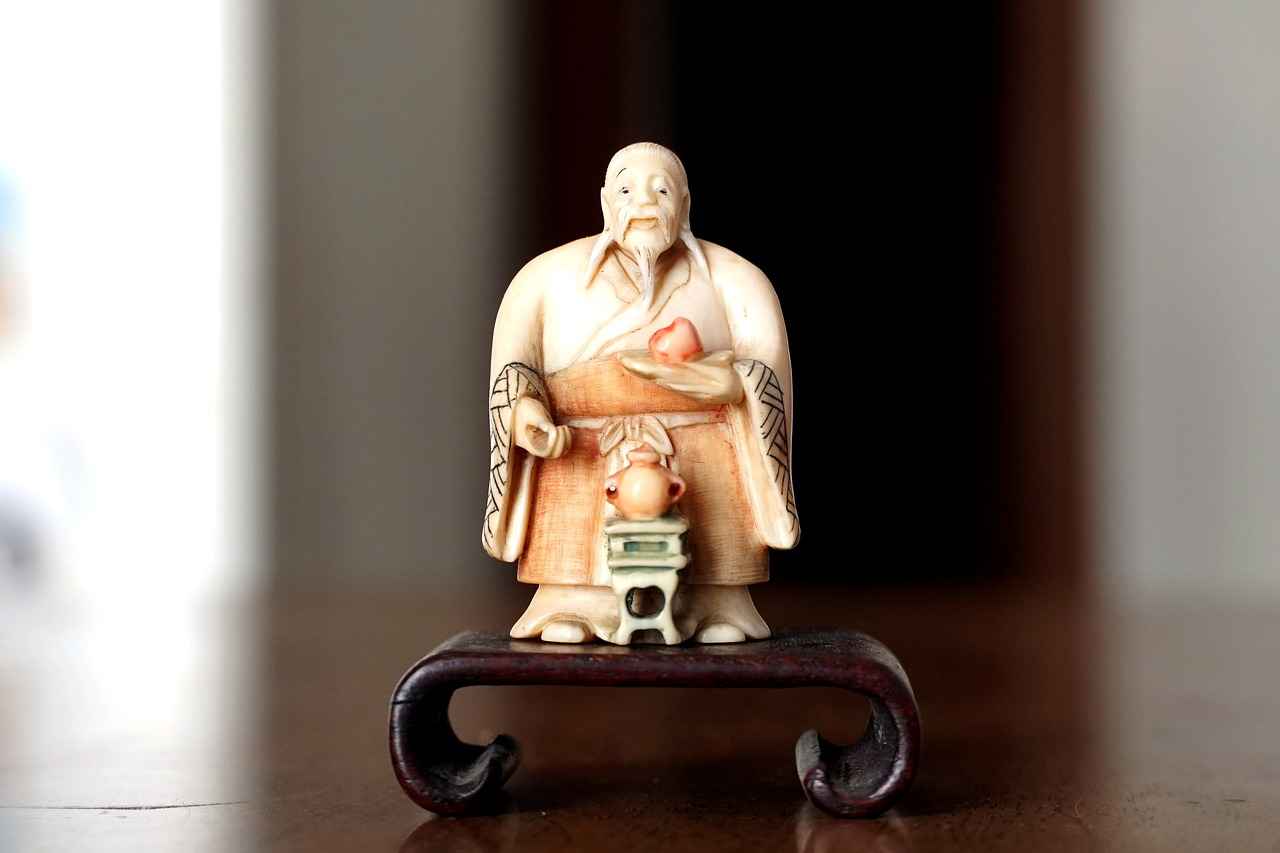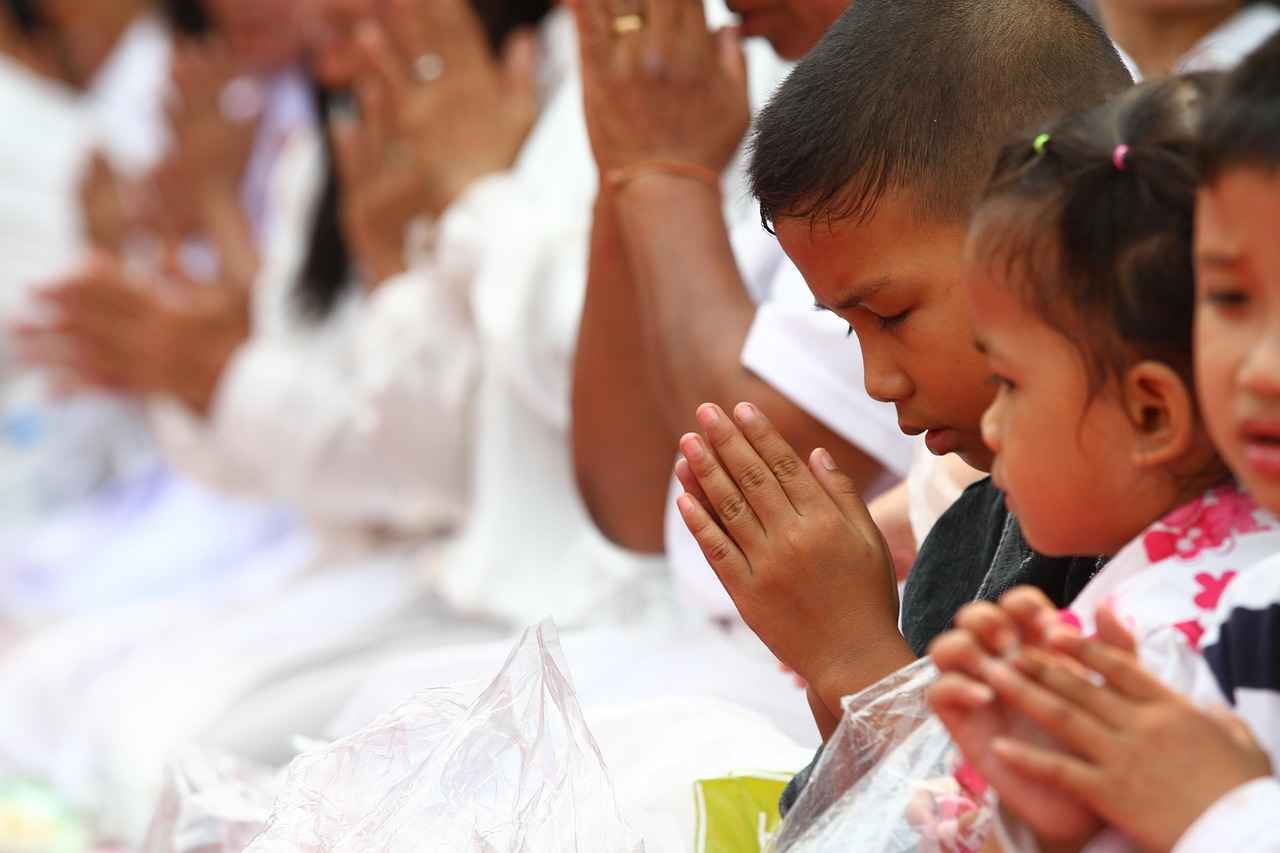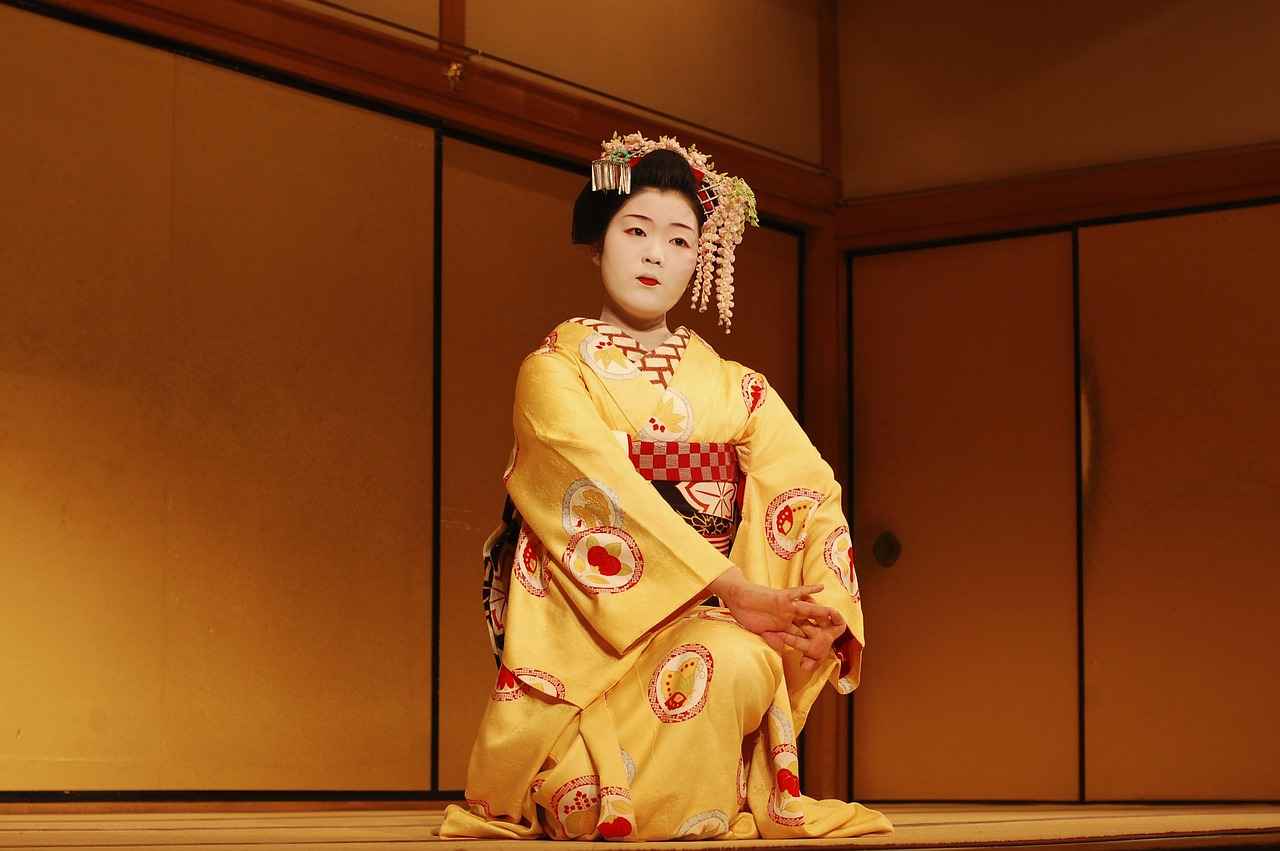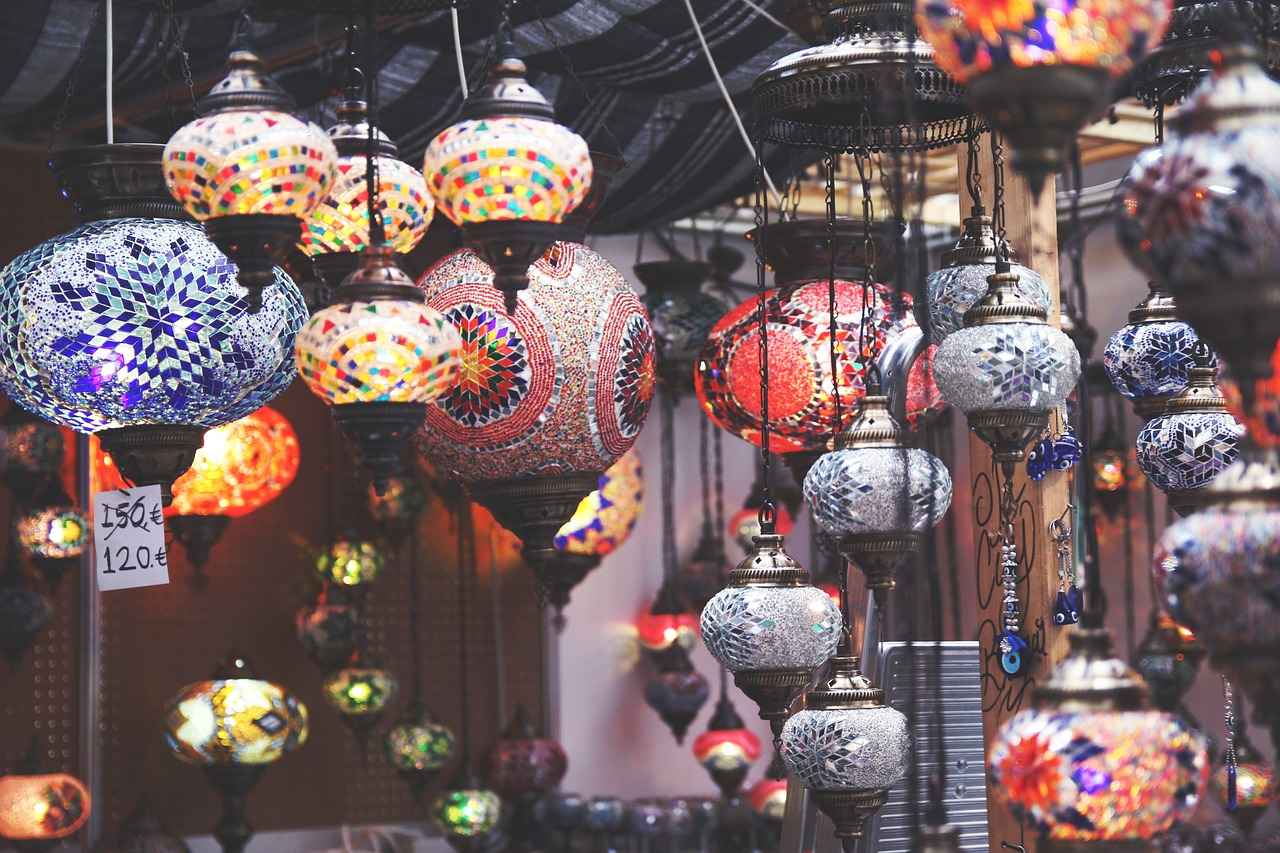Explore the essential components that make up a stunning custom kimono. This guide highlights the key elements to consider for a unique and personalized design.
When embarking on the journey to create your custom kimono, understanding the various components is vital. Each element contributes to the overall beauty and functionality of the garment. Below are the essential parts to consider:
- Fabric Selection: The choice of fabric can dramatically influence the look and feel of your kimono. Popular options include silk, cotton, and linen, each offering unique textures and drapes.
- Style Variations: Different kimono styles cater to various occasions. For instance, the Yukata is perfect for summer festivities, while the Furisode is suited for formal events.
- Obi Design: The obi, or belt, is a crucial accessory that can enhance your kimono’s aesthetics. Explore different styles like Nagoya and Fukuro to find the perfect match.
- Traditional Patterns: Incorporating traditional motifs can add cultural significance to your design. Patterns like Asanoha or Seigaiha not only beautify but also tell a story.
- Color Schemes: The colors you choose can set the mood for your kimono. Consider seasonal palettes or personal favorites to create a striking visual appeal.
- Embroidery and Personalization: Custom embroidery allows you to express individuality. Think about adding monograms or unique designs that resonate with your identity.
- Finishing Touches: The final elements, such as linings and stitching, play a significant role in the durability and elegance of your kimono.
In conclusion, crafting a custom kimono involves careful consideration of various components. By focusing on fabric, style, obi, patterns, colors, and personalization, you can create a garment that is not only beautiful but also uniquely yours. Embrace the art of kimono design and let your creativity shine!
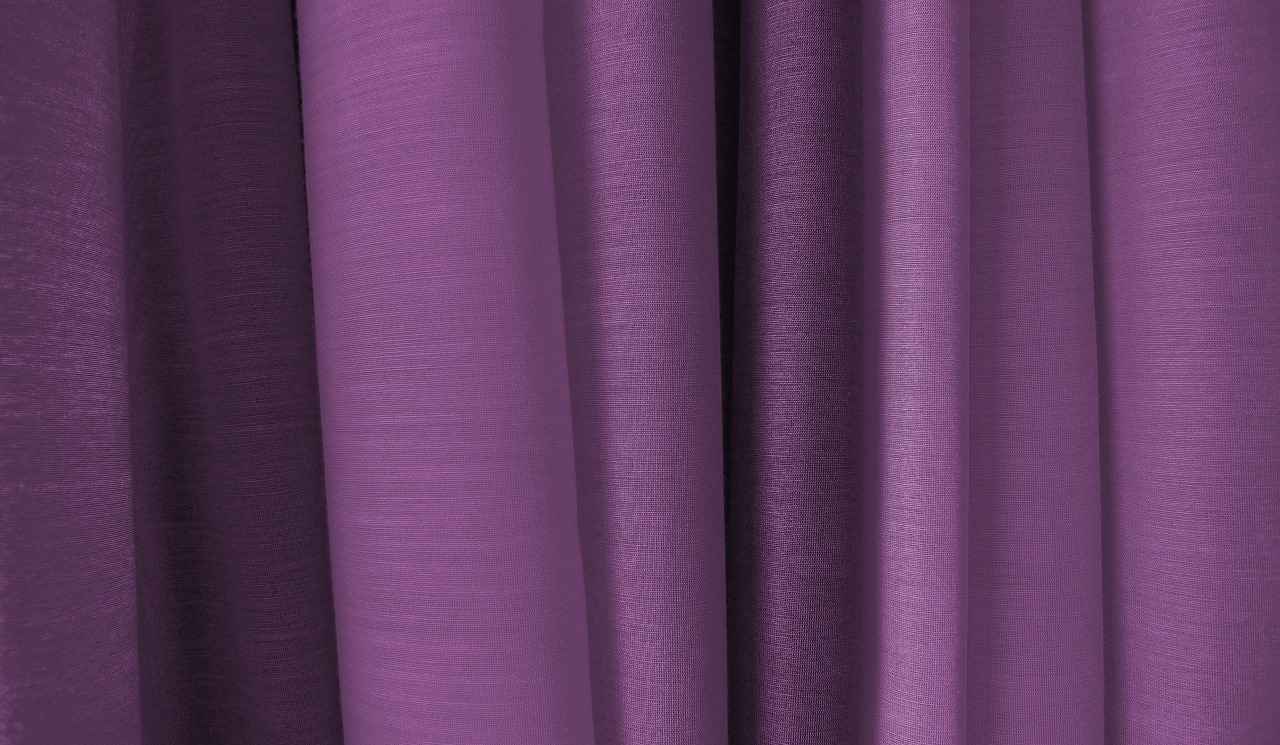
Understanding Kimono Fabric Choices
Selecting the right fabric is crucial for your custom kimono. The fabric you choose not only influences the visual appeal of your garment but also affects its comfort and durability. With a variety of materials available, understanding their unique characteristics is essential for creating a stunning piece that reflects your personal style.
| Fabric Type | Texture | Impact on Kimono |
|---|---|---|
| Silk | Soft, smooth | Luxurious look, great drape |
| Cotton | Breathable, lightweight | Casual feel, easy to care for |
| Polyester | Smooth, durable | Affordable, maintains shape |
| Linen | Textured, breathable | Ideal for summer, wrinkles easily |
Silk is often the fabric of choice for formal kimonos due to its elegance and rich colors. Its natural sheen enhances the overall aesthetic, making it perfect for special occasions. On the other hand, cotton is favored for casual wear, such as the Yukata, due to its breathability and comfort in warm weather.
When considering polyester, you gain a fabric that is affordable and low-maintenance, making it a popular choice for everyday wear. However, if you prefer a more natural look, linen offers a unique texture and is an excellent choice for summer outings, although it may require more care to avoid wrinkles.
In conclusion, the fabric you select for your kimono plays a significant role in defining its style and functionality. By carefully considering your options, you can create a custom kimono that not only looks beautiful but also feels great to wear.
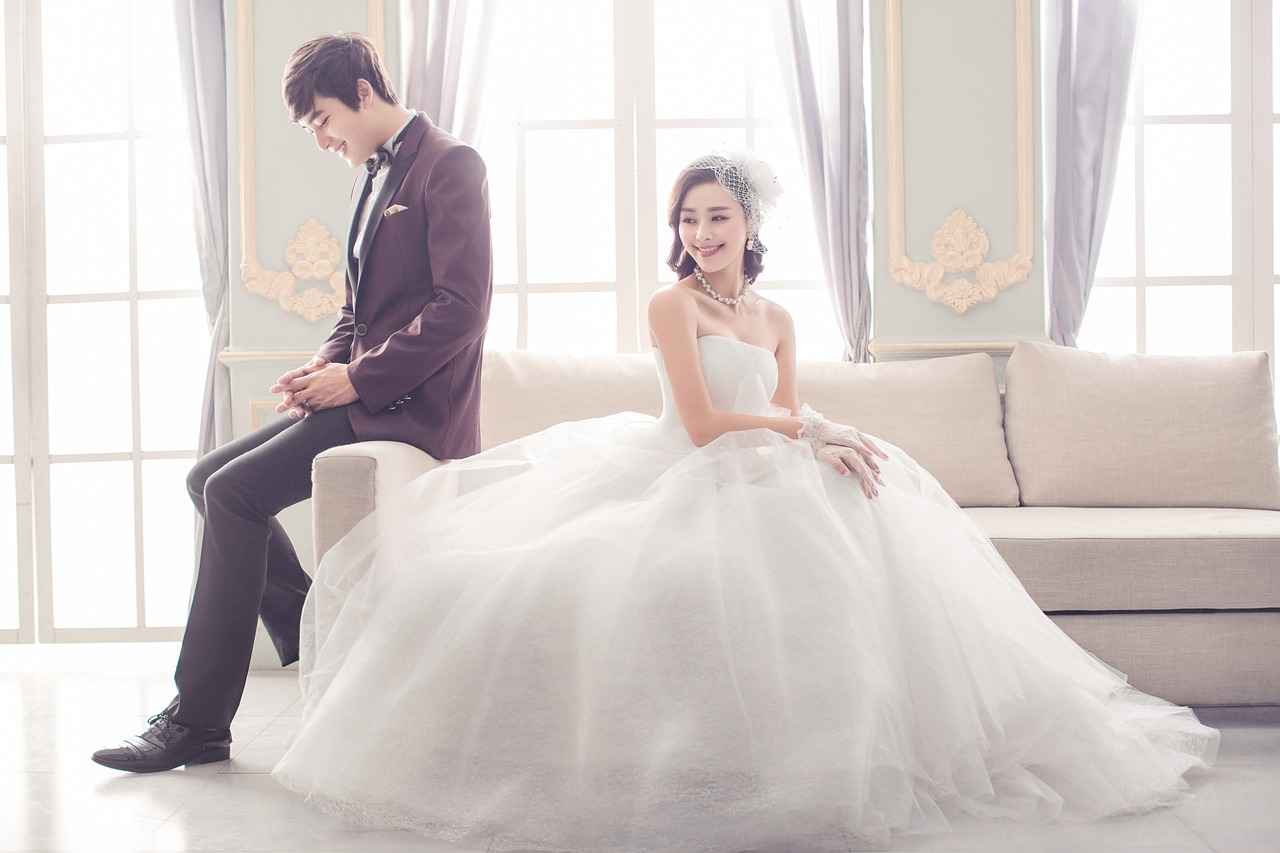
Essential Kimono Styles
When it comes to kimonos, understanding the various styles is essential for making an informed choice. Each style serves a unique purpose and is tailored for specific occasions, reflecting the rich cultural heritage of Japan. This section delves into some of the most popular kimono styles, including the Yukata and Furisode, to guide you in selecting the perfect design for your needs.
| Kimono Style | Description | Occasions |
|---|---|---|
| Yukata | A casual summer kimono made from lightweight cotton. | Summer festivals, casual gatherings |
| Furisode | A formal kimono with long sleeves, typically worn by young women. | Weddings, coming-of-age ceremonies |
The Yukata is a summer favorite, often adorned with vibrant colors and patterns, making it perfect for warm-weather events. Its lightweight fabric allows for breathability, keeping the wearer comfortable during hot days. When selecting a Yukata, consider patterns that resonate with your personal style, as they can add a unique touch to your overall look.
On the other hand, the Furisode represents elegance and tradition. With its long, flowing sleeves, it is often worn during significant life events, symbolizing youth and vibrancy. Choosing a Furisode requires careful consideration of its design, as it is usually more elaborate than other styles, often featuring intricate patterns and rich fabrics.
In conclusion, understanding the different styles of kimonos is crucial for anyone looking to incorporate this traditional garment into their wardrobe. Whether you opt for the casual Yukata or the formal Furisode, each style offers a unique opportunity to express your individuality while honoring Japanese culture.
The Yukata: A Summer Favorite
The Yukata is a traditional Japanese garment that is synonymous with summer festivities. Crafted from lightweight fabric, this casual kimono is designed to keep you cool and comfortable during the warm months. Its breezy nature makes it an ideal choice for various outdoor events, such as matsuri (festivals), fireworks displays, and summer parties.
Features of the Yukata
- Lightweight Fabric: Typically made from cotton or synthetic materials, Yukatas are breathable and easy to wear.
- Simple Design: Unlike more formal kimonos, Yukatas are often unlined and feature straightforward patterns, making them accessible for casual wear.
- Easy to Wear: With a simple wrap-around style, they can be put on quickly, which is perfect for spontaneous summer outings.
Perfect for Warm-Weather Events
The Yukata’s versatility shines through at summer festivals, where you can see individuals of all ages donning these vibrant garments. The light fabric allows for freedom of movement, which is essential when participating in activities like bon odori (traditional dance) or enjoying street food.
Yukata Patterns and Colors
Yukatas come in a myriad of colors and patterns, from floral designs to geometric shapes. This variety allows wearers to express their personal style while also embracing cultural significance. When selecting a Yukata, consider colors that resonate with the season and reflect your individuality.
Accessorizing Your Yukata
To enhance the overall look, accessorizing is key. Traditional accessories like the obi (sash) and obijime (decorative cord) can add a touch of elegance to your Yukata. Footwear such as geta (wooden sandals) or zori (flip-flops) completes the outfit, ensuring you look polished while enjoying the summer festivities.
In conclusion, the Yukata is not just a garment; it is a celebration of culture and tradition, making it a perfect choice for warm-weather events. Its comfortable design, coupled with the opportunity for personal expression through patterns and accessories, ensures that the Yukata remains a beloved staple in summer wardrobes.
Yukata Patterns and Colors
Yukatas are not just garments; they are a beautiful expression of culture and personal style. These traditional Japanese summer kimonos come in a myriad of vibrant patterns and colors, making them a popular choice for festivals, casual outings, and warm-weather events. Understanding how to select the right designs can enhance your Yukata experience, allowing you to showcase your individuality while also honoring cultural significance.
When choosing a Yukata, consider the following factors:
- Personal Style: Your Yukata should reflect who you are. Whether you prefer bold, striking patterns or subtle, minimalist designs, there is a Yukata for every taste. Think about colors that complement your skin tone and styles that resonate with your personality.
- Cultural Significance: Many Yukata patterns have deep cultural meanings. For instance, Asanoha (hemp leaf) patterns symbolize growth and resilience, while Seigaiha (blue ocean waves) represent peace and tranquility. Understanding these meanings can help you choose a design that connects you to Japanese traditions.
- Seasonal Trends: Yukatas are often associated with summer festivals, so consider seasonal colors and motifs. Bright florals and vibrant colors are perfect for summer, while cooler tones can be more suitable for evening events.
Additionally, don’t overlook the importance of accessories when styling your Yukata. The right obi (belt) and obijime (cord) can enhance the overall look and tie together your outfit. Experimenting with different combinations can lead to a unique expression of your style.
In conclusion, selecting the right Yukata patterns and colors is an art that blends personal preference with cultural appreciation. By taking the time to choose thoughtfully, you can wear your Yukata with pride, celebrating both your individuality and the rich traditions of Japan.
Accessorizing Your Yukata
Accessorizing is a vital aspect of enhancing the Yukata’s appeal and elevating your overall summer look. The right accessories not only complete your outfit but also reflect your personal style and cultural heritage. Here, we delve into some traditional accessories that are essential for achieving a stunning Yukata ensemble.
- Obi: The obi is a wide belt that is wrapped around the waist and serves as a focal point of your Yukata outfit. There are various styles of obi, including the Nagoya and Fukuro, each offering unique aesthetics. Selecting the right obi can enhance the colors and patterns of your Yukata, making it stand out.
- Obijime: This decorative cord is tied over the obi to secure it in place. The obijime not only serves a practical purpose but also adds an extra layer of beauty. Choose a color that complements your Yukata, or go for a contrasting shade to create a striking look.
- Geta: Footwear is another essential element of your Yukata ensemble. Traditional wooden sandals, known as geta, are perfect for summer events. They are comfortable and allow for airflow, making them ideal for warm weather.
- Haneri: This is a decorative collar that can be added to your Yukata for a pop of color or pattern. The haneri can be easily changed, allowing for versatility in your look.
- Obiage and Obijime: These additional accessories can be layered to add depth to your outfit. The obiage is a decorative piece that sits above the obi, while the obijime is tied around the obi. Both can be chosen in colors that match or contrast with your Yukata.
Ultimately, accessorizing your Yukata is about expressing individuality and embracing tradition. By thoughtfully selecting accessories like the obi, obijime, and footwear, you can create a captivating summer look that honors the rich culture behind this beautiful garment.
The Furisode: A Formal Choice
The Furisode is a traditional Japanese kimono known for its long, flowing sleeves, making it a stunning choice for formal occasions. Typically worn by young women, especially during significant celebrations such as coming-of-age ceremonies and weddings, the Furisode symbolizes youth and elegance.
One of the most remarkable aspects of the Furisode is its vibrant colors and intricate patterns, which often reflect the season or the occasion. The design can include various motifs, such as flowers, birds, and other natural elements, each carrying cultural significance. For instance, cherry blossoms are commonly used to symbolize the beauty of life and the transient nature of youth.
In formal settings, the Furisode is often paired with a wide obi, which is a traditional sash that complements the kimono’s design. The obi not only adds visual interest but also serves to secure the kimono in place. The way the obi is tied can vary, with different styles reflecting the formality of the occasion.
When wearing a Furisode, it is customary to accessorize with traditional items such as obijime (decorative cords) and kanzashi (hair ornaments). These accessories enhance the overall look and contribute to the kimono’s elegance. Additionally, the choice of footwear, typically geta or zori, plays an essential role in achieving a complete traditional appearance.
Overall, the Furisode is more than just a garment; it is a representation of Japanese culture and tradition. Wearing a Furisode allows young women to celebrate their heritage while embracing the beauty and artistry of kimono design.
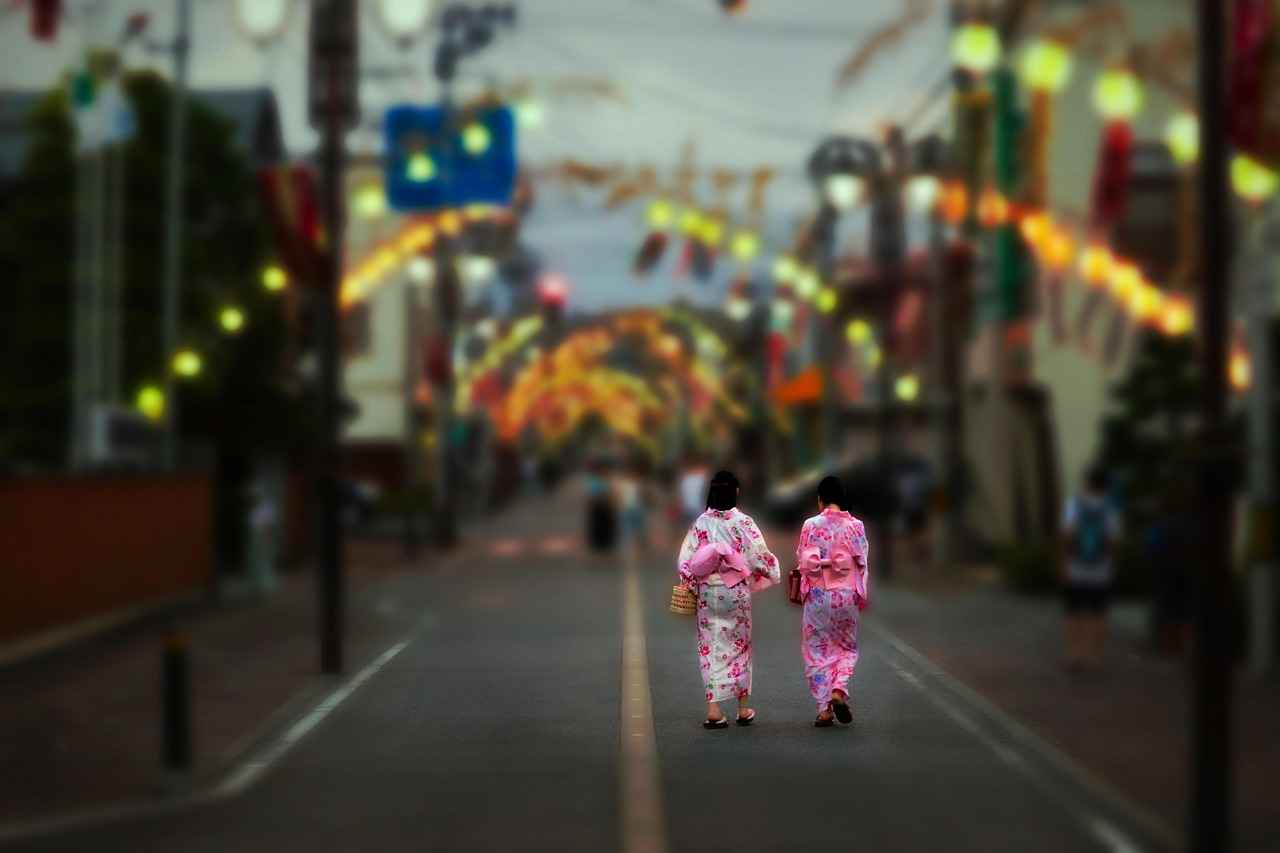
Choosing the Right Obi
The obi is an integral part of the kimono ensemble, serving not only as a functional accessory but also as a statement piece that enhances the overall aesthetic of the garment. This section delves into the various styles, widths, and design considerations of the obi, showcasing how it can elevate your custom kimono.
When selecting an obi, it is essential to consider the style that complements your kimono. There are several types of obi, each with its unique characteristics:
- Nagoya Obi: This style is shorter and easier to tie, making it a popular choice for casual and semi-formal occasions.
- Fukuro Obi: Known for its elegance, this style is typically longer and is often used for formal events.
- Haneri Obi: A versatile option, the Haneri can be paired with various kimono styles for a contemporary look.
In addition to style, the width of the obi also plays a crucial role. Wider obis tend to create a bold statement, while narrower ones offer a more delicate appearance. Choosing the right width can significantly affect the balance and proportion of your overall design.
Another important aspect is the color and pattern of the obi. Selecting a color that complements or contrasts with your kimono can create a stunning visual effect. Traditional patterns, such as floral or geometric designs, can add depth and cultural significance to your outfit.
Furthermore, mastering the obi tying techniques is essential for achieving a polished look. Different knots and styles can convey various moods and levels of formality, making it important to choose a technique that aligns with the occasion.
In conclusion, the obi is not just an accessory; it is a vital component that can transform your kimono. By understanding the various styles, widths, and tying techniques, you can make informed decisions that enhance your custom design, ensuring that it is both beautiful and meaningful.
Types of Obi Styles
The obi is an essential accessory that completes the kimono ensemble, and its style can significantly influence the overall appearance of your outfit. Among the various obi styles, two of the most notable are the Nagoya and Fukuro obi. Each offers a distinct aesthetic and is suited for different occasions.
- Nagoya Obi: This style is characterized by its unique construction, where one end is wider than the other. It is often made from lighter fabrics and is typically worn with casual or semi-formal kimonos. The Nagoya obi is particularly favored for its ease of tying and comfortable fit, making it a popular choice for events such as Hanami (cherry blossom viewing) and summer festivals.
- Fukuro Obi: In contrast, the Fukuro obi is a more formal option, featuring a symmetrical design that is often more elaborate. This style is generally made from heavier fabrics and is suitable for formal occasions like weddings or tea ceremonies. The Fukuro obi’s intricate patterns and rich textures add a touch of elegance and sophistication to any kimono outfit.
When choosing between these two styles, consider the occasion and the kimono you are pairing it with. The Nagoya obi is perfect for casual settings, while the Fukuro obi elevates your look for more formal events. Both styles offer unique aesthetics that can enhance your overall appearance, so select the one that best aligns with your personal style and the event’s requirements.
In conclusion, understanding the differences between the Nagoya and Fukuro obi styles can help you make informed choices when dressing in a kimono. By selecting the right obi, you can ensure that your outfit not only looks stunning but also feels appropriate for the occasion.
Obi Tying Techniques
Mastering obi tying techniques is essential for achieving a polished and elegant look when wearing a kimono. The obi, a traditional sash, not only serves a functional purpose but also enhances the overall aesthetic of your outfit. In this section, we will explore various popular methods for tying an obi, along with tips to ensure you achieve the perfect knot every time.
There are several that you can master, each offering a unique style and flair to your kimono. Here are some of the most popular methods:
- Taiko Musubi: This is one of the most common styles, characterized by a drum-like knot at the back. It’s perfect for formal occasions and adds a touch of sophistication.
- Haneri Musubi: This style is more casual and features a flatter knot. It’s ideal for everyday wear or summer festivals.
- Fukura Suzume: This technique creates a more intricate and decorative knot, often used for special celebrations and events.
To achieve the perfect knot, consider the following tips:
- Practice: Like any skill, practice makes perfect. Spend time learning each technique until you feel confident.
- Use a Mirror: Practice in front of a mirror to ensure your knot is symmetrical and properly positioned.
- Adjust the Length: Make sure the obi is the right length for your body type to avoid excess fabric that can make the knot look bulky.
In conclusion, mastering obi tying techniques is not just about functionality; it’s about expressing your personal style and enhancing the beauty of your kimono. With practice and attention to detail, you can achieve the perfect knot that complements your outfit beautifully.

Incorporating Traditional Patterns
Traditional patterns play a significant role in the design of kimonos, adding both depth and cultural significance to these beautiful garments. By understanding popular motifs and their meanings, you can enrich your custom kimono design, creating a piece that resonates with your personal style and cultural heritage.
Some of the most popular traditional motifs include:
- Asanoha (Hemp Leaf): Symbolizes growth and resilience, making it a popular choice for those seeking positive energy.
- Kikkō (Tortoise Shell): Represents longevity and good fortune, often used in designs for celebrations.
- Seigaiha (Blue Ocean Waves): Reflects peace and tranquility, ideal for a calming aesthetic.
- Uroko (Scales): Signifies protection and safety, often chosen for children’s kimonos.
- Botan (Peony): Represents wealth and prosperity, making it a popular choice for formal occasions.
When selecting patterns, consider the occasion and the message you wish to convey. For instance, a Yukata worn during summer festivals may feature vibrant colors and lively motifs, while a Furisode for a formal event may showcase more subdued and elegant designs.
Additionally, the color palette of your chosen patterns can further enhance their meaning. For example, red often symbolizes happiness and good luck, while blue can evoke calmness and serenity. By thoughtfully incorporating these elements, you can create a custom kimono that tells a story and reflects your unique identity.
Ultimately, understanding and using traditional patterns allows you to connect with the rich history of kimono design while expressing your own personal flair. Embrace these motifs to create a truly one-of-a-kind garment that honors tradition while celebrating individuality.
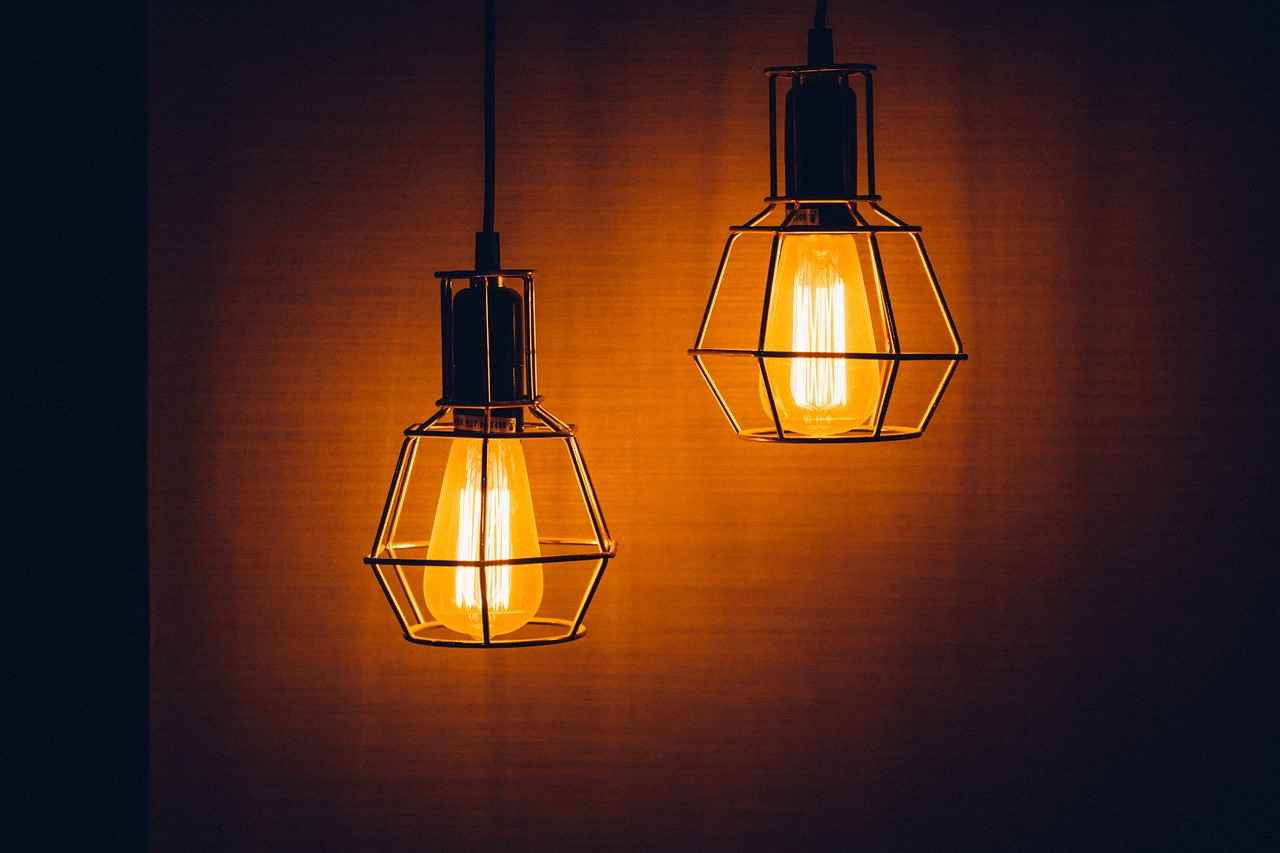
Color Schemes and Their Impact
Color schemes are fundamental to the art of kimono design, serving not only as a visual element but also as a means of expressing personal identity and cultural significance. When selecting colors for your custom kimono, it is essential to consider both your personal style and the occasion for which the kimono will be worn.
Colors evoke emotions and convey messages. For instance, red often symbolizes happiness and good fortune, making it a popular choice for celebrations, while blue can represent calmness and tranquility, suitable for more subdued events. Understanding the meaning behind colors can help you make informed choices that resonate with the intended message of your attire.
When choosing a color scheme, consider the following tips:
- Know Your Skin Tone: Different colors complement different skin tones. Warm skin tones often look best in earthy colors, while cool skin tones may shine in jewel tones.
- Consider the Season: Seasonal colors can enhance the overall aesthetic. Bright, vibrant colors are ideal for summer, while muted tones are perfect for autumn.
- Match the Occasion: Formal events may call for more subdued colors, whereas festivals and casual gatherings allow for brighter, more playful hues.
- Mix and Match: Don’t hesitate to combine colors. A harmonious blend of contrasting colors can create a striking visual effect, making your kimono stand out.
Additionally, you can draw inspiration from traditional Japanese color symbolism, which can guide you in selecting a palette that not only looks good but also carries deeper meanings. For example, the cherry blossom pink is often associated with the transient beauty of life and is a favored choice during spring.
In conclusion, the colors you choose for your kimono can significantly impact its overall design and the impression it leaves. By carefully considering your personal style, the occasion, and the meanings behind different colors, you can create a kimono that is not only beautiful but also deeply personal.
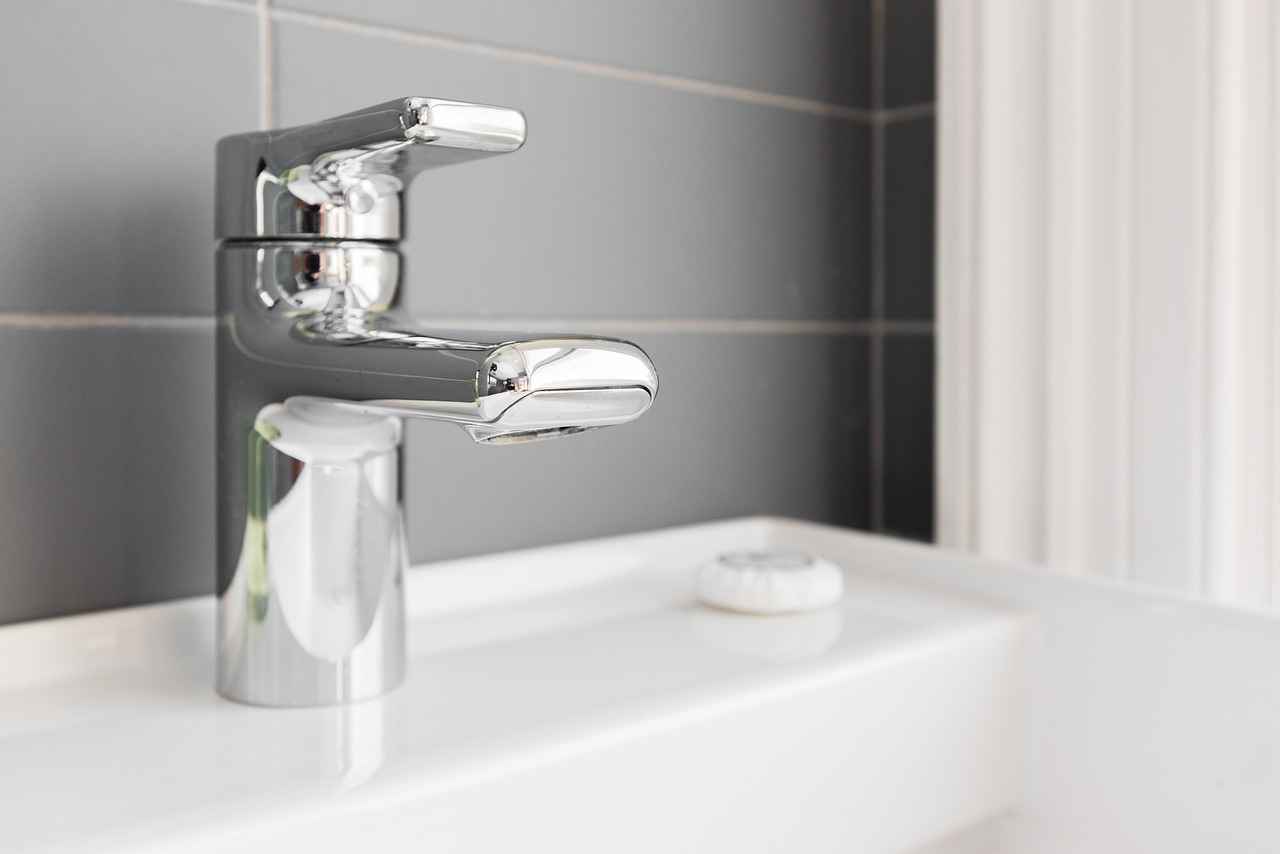
Custom Embroidery and Personalization
Custom embroidery is a fantastic way to make your kimono truly unique and personal. By incorporating special designs, you can elevate your garment from a simple piece of clothing to a personal statement that reflects your identity and story. Here, we explore various ideas for personalization that can enhance your kimono.
One popular option is to add monograms. These can be placed subtly on the sleeve or more prominently on the back, serving as a stylish yet personal touch. Monograms can be designed in various fonts and colors, allowing you to choose one that complements the overall aesthetic of your kimono.
Another idea is to incorporate unique designs that hold personal significance. This could include symbols that represent your heritage, interests, or milestones in your life. For example, floral patterns can symbolize growth and beauty, while geometric shapes might reflect a modern aesthetic. By choosing designs that resonate with you, your kimono becomes a canvas that tells your story.
Consider also the use of color contrasts in your embroidery. Vibrant hues can add a pop of color, while more muted tones can create an elegant and sophisticated look. The choice of thread can significantly impact the overall appearance, so take your time to select colors that harmonize with the fabric of your kimono.
Additionally, you might want to explore thematic embroidery. For instance, if you have a passion for nature, incorporating elements like leaves, flowers, or animals can bring your love for the outdoors to life on your kimono. This not only makes the piece unique but also serves as a conversation starter.
In conclusion, custom embroidery offers endless possibilities for personalizing your kimono. Whether through monograms, unique designs, or thematic elements, the choices you make can transform your garment into a true reflection of who you are. Embrace the opportunity to tell your story through your custom kimono.
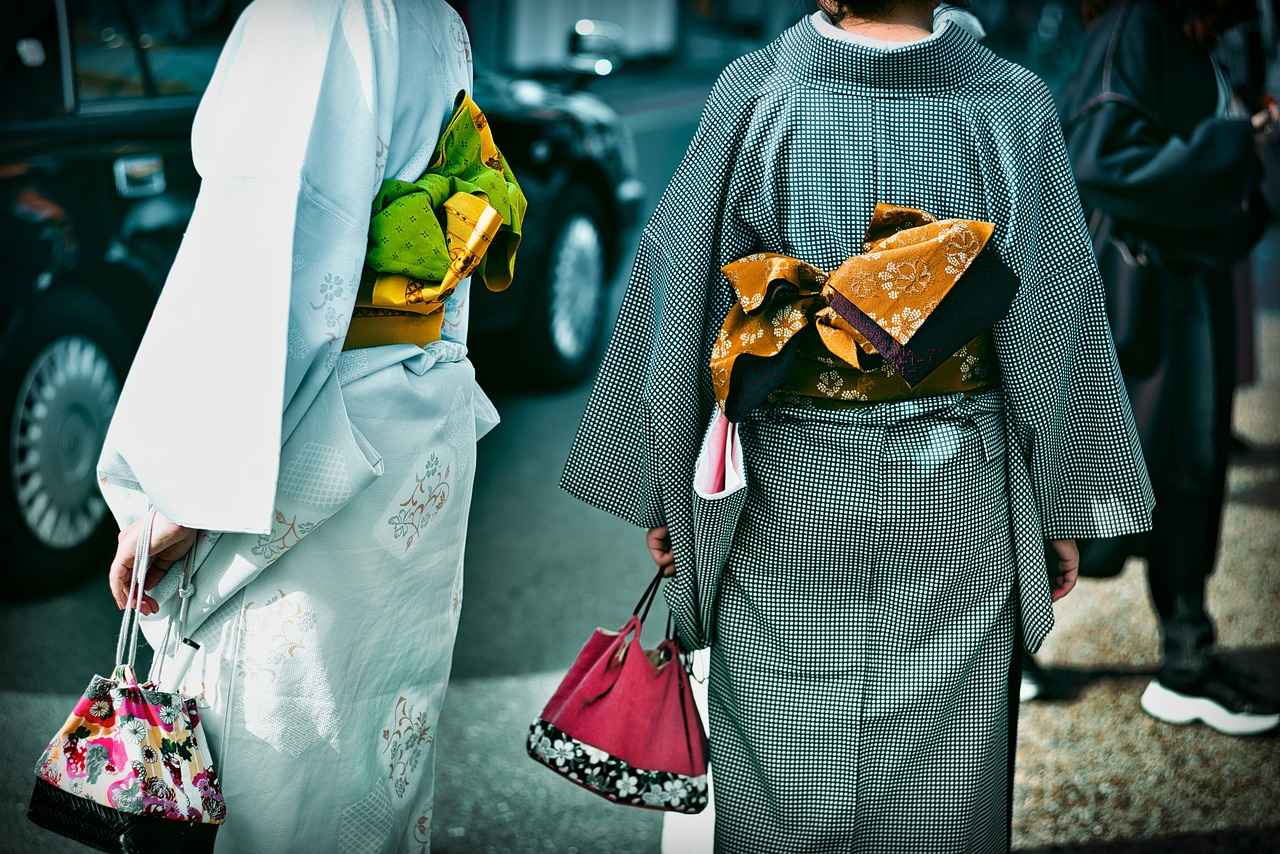
Final Touches: Linings and Stitching
The final touches of a kimono, particularly the linings and stitching techniques, play a crucial role in determining its overall quality and aesthetic appeal. These aspects not only enhance the durability of the garment but also contribute significantly to its visual charm.
When selecting linings, it is essential to consider the fabric type. Lightweight materials such as cotton or silk are often preferred for their breathability and comfort. A well-chosen lining can help maintain the shape of the kimono while providing a soft feel against the skin. Additionally, the color and pattern of the lining can create a stunning contrast with the outer fabric, adding a layer of sophistication to your design.
Stitching techniques are equally important. The choice of stitches can affect both the durability and the aesthetic of the kimono. Traditional hand-stitching techniques, such as kintsugi, not only reinforce the seams but also add a unique artistic flair. For those seeking a more modern approach, machine stitching can provide a clean and uniform look. However, it is vital to ensure that the stitching is done with precision to avoid any unsightly puckering or uneven lines.
Moreover, the placement of stitches can influence the overall design. For instance, decorative stitching along the edges or seams can serve as a beautiful embellishment, drawing attention to the craftsmanship of the garment. Additionally, consider incorporating reinforced stitching in areas that experience more stress, such as the sleeves or waist, to ensure longevity.
In conclusion, the final touches of linings and stitching techniques are not merely functional; they are integral to the beauty and durability of your kimono. By paying attention to these details, you can create a garment that is not only visually stunning but also built to last.
Frequently Asked Questions
- What fabric should I choose for my custom kimono?
Choosing the right fabric is essential! Lightweight cotton is perfect for summer Yukatas, while silk adds a touch of elegance for formal Furisodes. Consider the occasion and your comfort when selecting.
- What is the difference between a Yukata and a Furisode?
The Yukata is a casual, summer kimono often made from cotton, ideal for festivals. In contrast, the Furisode is a formal kimono with long sleeves, typically worn by young women during special occasions.
- How do I choose the right obi for my kimono?
Obi selection depends on your kimono style and occasion. For a Yukata, a simple obi works well, while a more intricate obi is suitable for Furisodes. The width and style can dramatically change your look!
- Can I personalize my kimono with embroidery?
Absolutely! Custom embroidery adds uniqueness to your kimono. Consider monograms or symbols that resonate with your personal story or cultural background for a special touch.
- What traditional patterns should I consider?
Traditional patterns, like cherry blossoms or cranes, hold cultural significance and can enhance your kimono’s beauty. Choose designs that reflect your personality or the message you want to convey.







